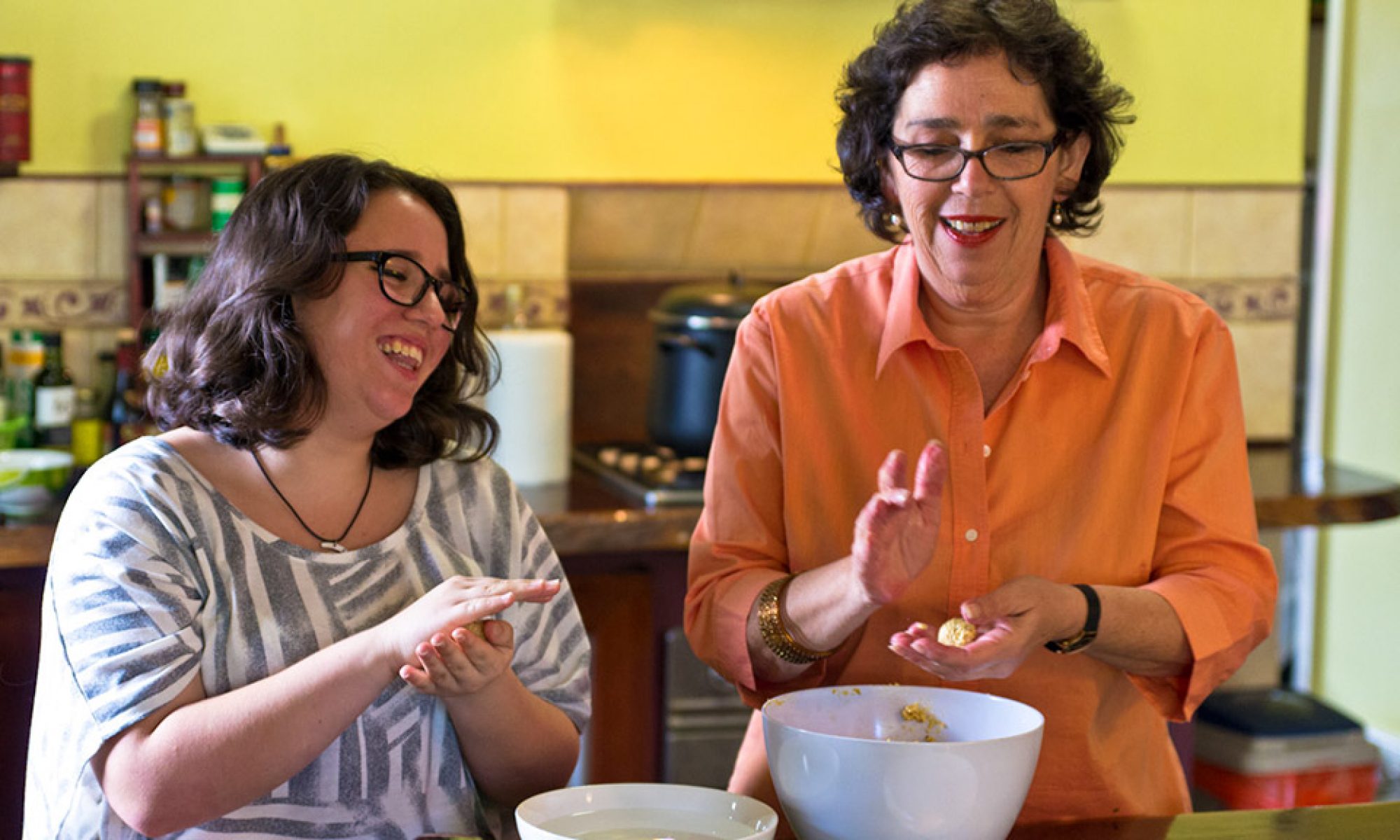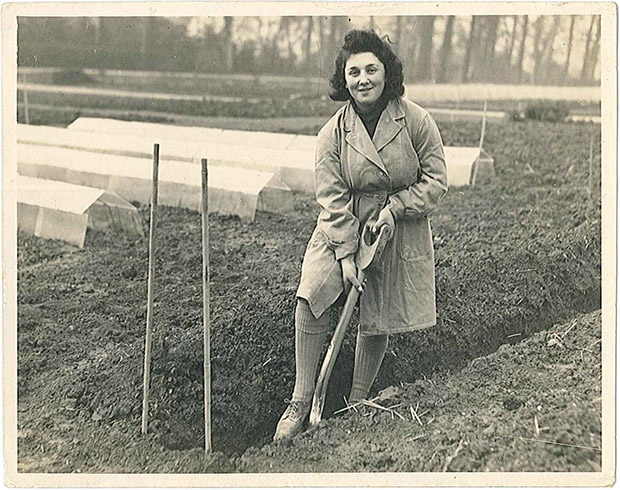This week our Food For Thought lectures dealt with food choice and sustainability. It’s all about the competing messages from slow food exponents and fast food purveyors. It’s easy to tell from some student’s body language that we don’t tell them what they want to hear, as though we will tell them it’s good to eat a highly processed, high fat, high salt, high sugar diet.
If Slow Food and fast food are in competition, it’s a David vs Goliath struggle. Slow food began in Italy in 1986 to resist the opening of a MacDonald’s outlet near the iconic Spanish Steps in Rome. Slow Food want to help preserve traditional farming and cookery practices and to keep people alive to the wonder and joy of fresh food. (tomato pic)
I’d like to think I’m what Michael Pollan calls a “conscientious omnivore”. That is someone who eats a broad range of foods, including meat, but who tries to do so in an ethical fashion. So we know that red meat is not “sustainable” for a number of reasons including the methane emissions of cows, the amount of grain needed to feed those cows, land clearances and on it goes. Industrial farming, feedlots and caged chickens aren’t seen to be sustainable or ethical, so sustainability and ethics are inextricably linked.
In my second lecture I look at so-called alternative methods – including biodynamics. I offer Cullen winery as an example – to show them that organic, and indeed biodynamic farming (think moon charts and soil preparation) is not as left of centre as they may think. And so this morning I find an article in the West Australian that Cullen Diana Madeleine 2011 cabernet has been judged the WA wine of the year.
Some students glaze over as soon as we discuss these concepts – or indeed the idea that we all need to think about what we eat, what we waste and how we can better feed ourselves and the world.
Most of our students enjoy the material we present and try to improve their own eating. In truth we can all make changes that will bring us better health and improve the world’s situation. Not wasting food is top priority. Sure that rotting lettuce in the back of the fridge can’t be packed up and sent to Sudan, but many students refuse to accept that their behaviour may have consequences at all. We argue that if the developed world wasted less food there would theoretically be more food available – to donate, to sell, to distribute. If you don’t believe food waste is a problem, watch Supervalue: A look at food miles and food waste.
We can and do have an impact on global food production every time we go to the till. This month saw Jamie Oliver becoming the new face of Woolworth’s: they get the Jamie razzle-dazzle, he gets to see more sustainable and humane food supplies from a major food supplier.
Are Woolies doing this because of their ethical concerns? Of course not. They have found an excellent way to build on their “Fresh Food People” branding by becoming the sustainable food people, at least in their advertising. They are responding to public sentiment. The case of free-range eggs and indeed chickens is an excellent example. When I first began buying free range eggs about 10 years ago, they were twice the price of cage eggs. Now the difference is far less because the demand has increased. There’s money in those happy chooks, just as there is in organic produce.
It’s important that we realise that we do have choices and our food dollars have power. There are a number of ways that you, yes you, can be a more conscientious omnivore.
Avoid or cut down on processed food, redolent with salt, fat, sugar or fructose in the form of corn syrup. Refined grains like white flour and white sugar give you a quick energy hit followed by a big drop. They also make you fat.
Generally eat locally sourced produce in preference to imported – less fuel is used to get it to you, you support your local farmers and in the case of fruit and vegetables it should be fresher. That means eating seasonally and nature provides well for us in this regard. After all, why do we get abundant oranges, mandarins and lemons in winter…?
Cook from scratch whenever you can: Michael Pollan says almost anything you cook for your self will be more nutritious than fast food, packaged and processed convenience foods. I say that the exception might be Elvis-style deep fried peanut butter and jam sandwiches.
Grow something to eat – anything! One of the principles of permaculture gardening is that you should always obtain a yield. Community gardens are appearing all over as are school kitchen gardens. I may be the world’s worst gardener, but a major breakthrough for me was realising you had to water regularly. I have a veggie garden thanks to my green thumbed ex. Insects continue to thwart me, as does lack of time and energy, but the mandarin tree I transplanted when we moved is thriving. The miserable mulberry tree that my mother potted from a sprout from the original years ago has followed us to the new house. Replanted it’s now almost thriving, but my proudest effort is the blueberry – now in its third year it is producing whole handfuls of sweet berries at a time with my first crop being a single handful. If you have a small garden you can grow in pots as our students do for their “home garden” assignment. Or you can just grow some fresh herbs on your window sill. If you have a lemon tree why not put a big box full on the verge with a help yourself sign as some kind folks in my street have done? Take these ideas a little further and anything can happen. Do take the time to listen to the remarkable Pam Warhurst: How we can eat our landscapes
No-one needs to be a martyr to the cause of culinary correctness. But we can and should eat better, we can all contribute to feeding the world.


